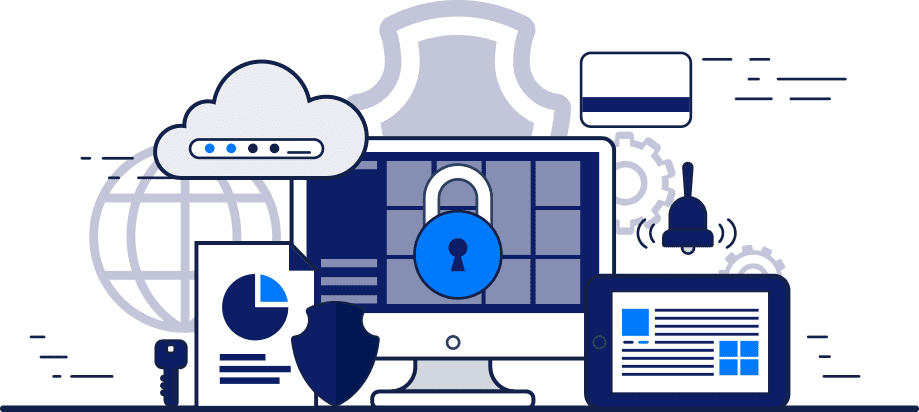Data Fabric: A Comprehensive Guide for Technical Professionals on the Key Components of Data Fabric and its Potential Impact on Data Accessibility, Agility and Analytics
For Chief Information Security Officer (CISO) at large organizations, it’s important to understand the increasing complexity involved in managing and deriving value from data assets. In today’s data-driven landscape, traditional data management approaches struggle to meet the demands for integration, accessibility, and agility. However, there is a solution: data fabric. This article serves as a comprehensive guide for technical professionals, outlining the key components of a data fabric and its potential impact on data accessibility, agility, and analytics capabilities. Let’s explore how data fabric can help us maximize the potential of our data while maintaining stringent security standards.
Data Integration: Unifying Disparate Data Sources
A data fabric enables seamless integration of data from various sources, systems, and formats. By utilizing modern data integration techniques such as ETL processes, data virtualization, and data replication, a data fabric eliminates data silos, promoting a unified view of your data assets. This unification enhances the ability to identify potential security risks and respond effectively.
Data Virtualization: Simplifying Secure Data Access and Consumption
Data virtualization plays a crucial role in data fabrics by simplifying data access and consumption. It provides a layer of abstraction that allows technical professionals to access and query data from diverse sources as if it were stored in a centralized location. This approach minimizes the need for data movement, improving data accessibility while maintaining robust security measures to protect sensitive information.
Data Governance: Ensuring Data Quality and Regulatory Compliance
Data fabrics emphasize robust data governance practices to maintain data quality, security, and compliance. By establishing clear data governance policies, you can define data ownership, implement access controls, and manage the data lifecycle effectively. With a data fabric’s centralized metadata management, you gain visibility into data lineage, monitor data quality, and enforce consistent data governance policies throughout your organization, ensuring compliance with regulatory requirements.
Data Agility: Enabling Informed and Secure Decision Making
Data fabrics excel at enhancing data agility, empowering rapid and data-driven decision making. By providing a unified and integrated data layer, technical professionals gain real-time or near-real-time access to data, enabling quick responses to market changes and gaining a competitive edge. Through secure data exploration and analysis, you can unlock valuable insights without compromising security.
Advanced Analytics: Deriving Meaningful Business Intelligence
Data fabrics establish a solid foundation for advanced analytics capabilities. By integrating data from multiple sources and offering a unified view, we can leverage analytics tools like predictive analytics, machine learning, and AI-driven analytics. This integration enables us to derive valuable business intelligence while adhering to stringent security protocols.
Data fabrics serve as a powerful blueprint for modern data management, allowing organizations to navigate the complexities of the data landscape while ensuring robust security. By embracing data integration, data virtualization, and data governance principles, we enhance data accessibility, agility, and analytics capabilities while maintaining the highest security standards. Understanding and implementing a data fabric empowers us to leverage our data assets, drive innovation, and make data-driven decisions with confidence. Let’s embrace the data fabric approach and embark on a secure and successful journey in the era of data-driven excellence.


